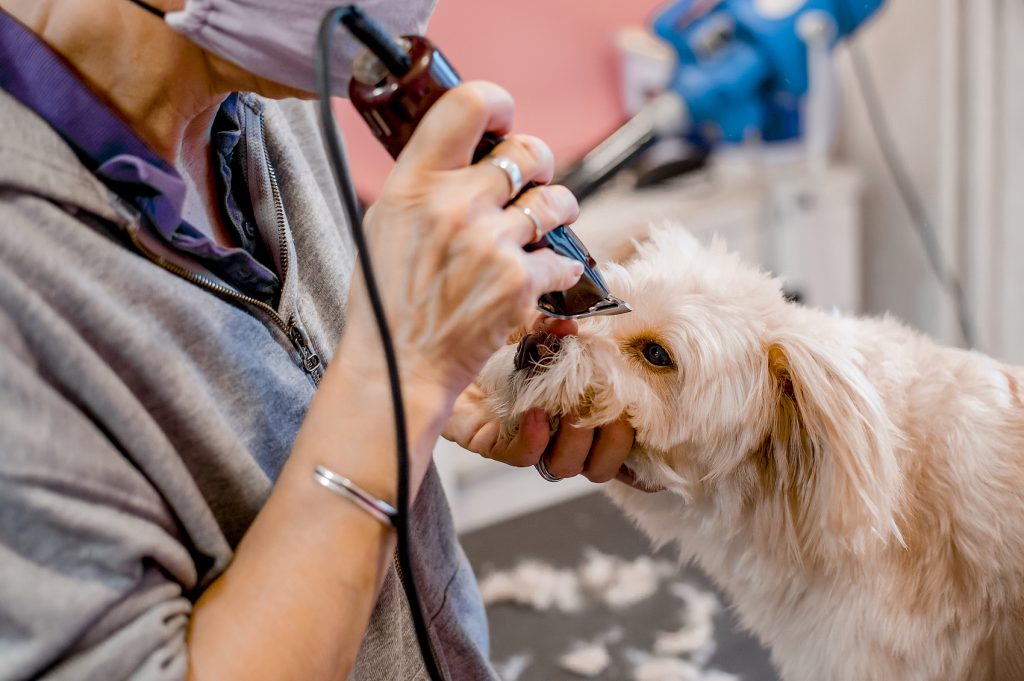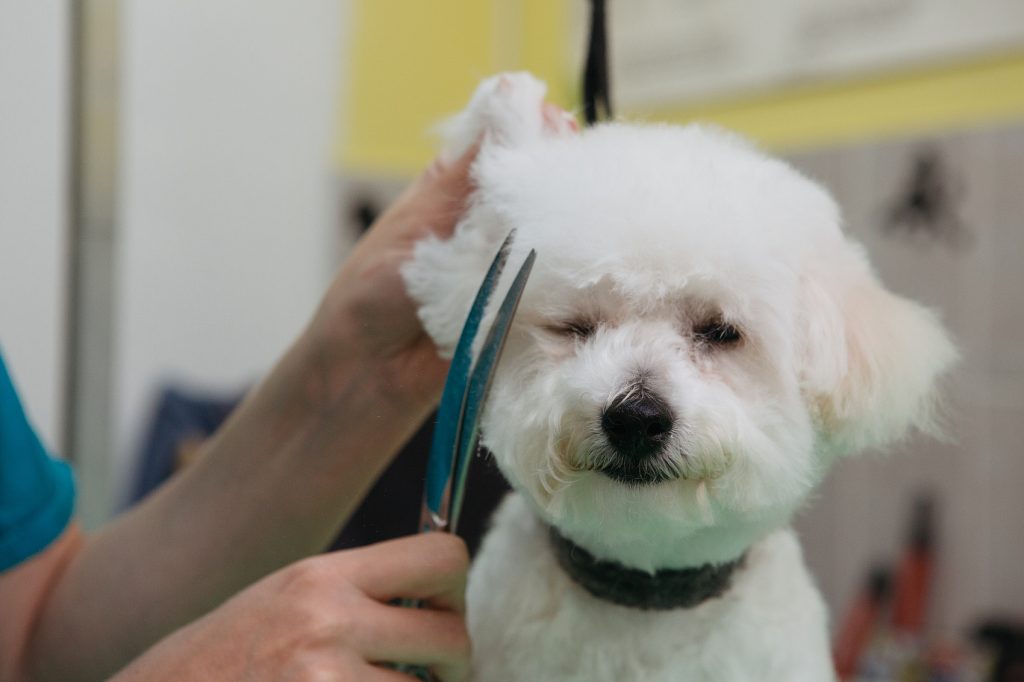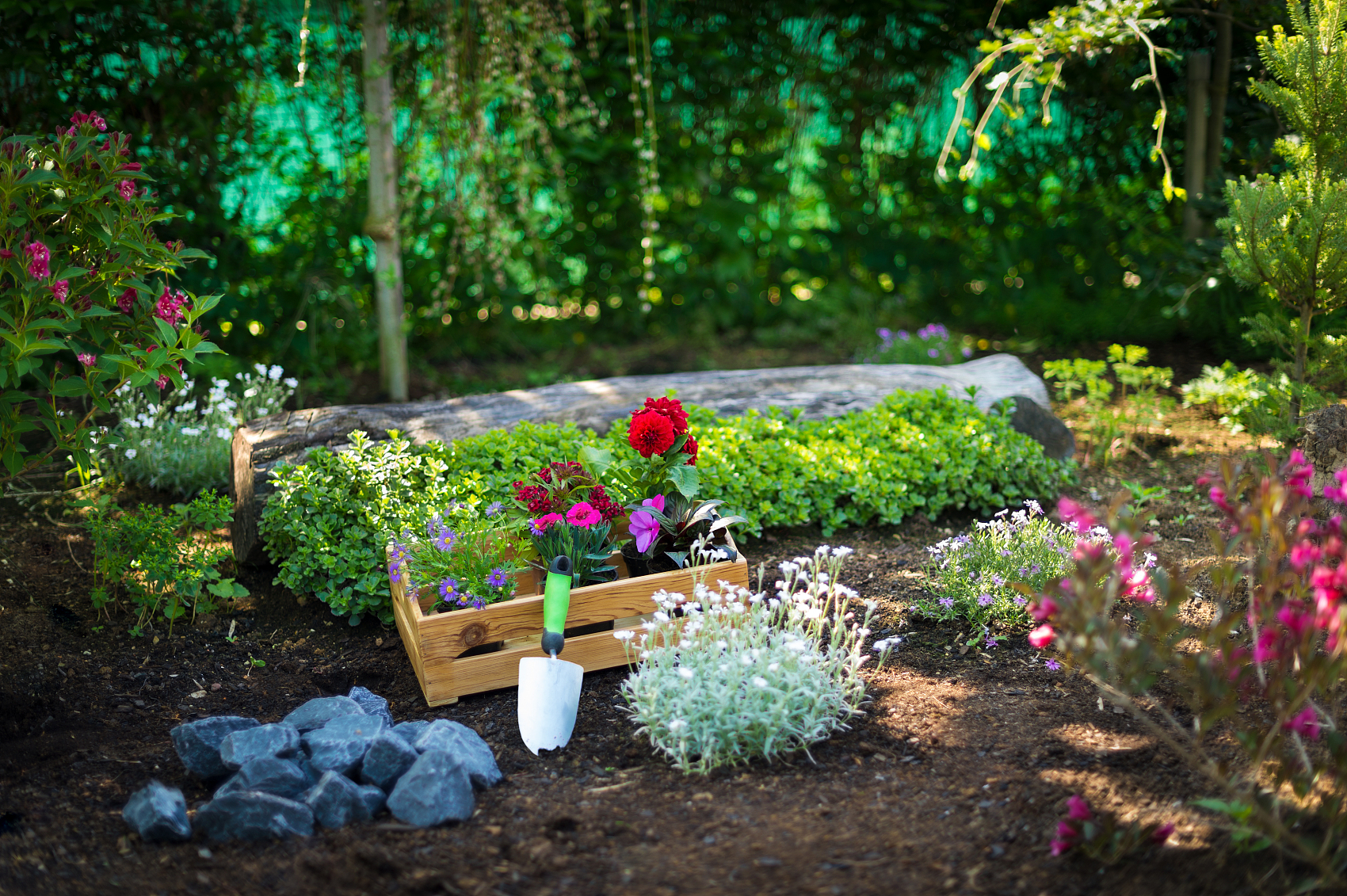Barkbus, a luxury mobile dog grooming service, recently investigated how effective professional grooming is at removing dirt, grime, and harmful germs from dogs. To do this, they measured bacteria and fungi levels on dogs before and after grooming to see the impact on their fur, mouth, and paws.
The team conducted six tests, using culture swabs to analyze the presence of bacteria and other organisms in each area before and after grooming. The goal was to count the number of colony-forming units (CFUs)—a measure of how much bacteria, fungi, and viruses are present.

The results showed a big improvement after grooming, especially in the fur and mouth. Before the grooming session, the dogs’ coats had around 34.7 million CFUs, which dropped to just 10 afterward. Their mouths, which started with an average of 6.1 million CFUs, saw a reduction to 140.
However, the paws didn’t show the same dramatic change. Before grooming, the average CFU count on paws was 6,500, and after grooming, it only went down to 3,200. This highlights the need to pay extra attention to your dog’s paws during cleaning.
In addition to cleaning, professional groomers offer more than just washing and brushing. Their expertise allows them to spot potential health issues, like long nails that could affect your dog’s walking, leading to bone problems or arthritis. Unclean ears can also be a gateway for infections and mites, which groomers are trained to detect.

To put things into perspective, the study compared bacteria levels on dogs to everyday household items. It turns out that dogs are much dirtier! Before grooming, dogs had 14 to 18 times more bacteria than commonly touched surfaces like headsets and kitchen counters. But after a thorough grooming session, bacteria levels in their fur (10 CFUs), mouth (140 CFUs), and paws (3,200 CFUs) became almost negligible.
So, regular professional grooming not only keeps your dog looking good but also significantly reduces harmful germs, making it a worthwhile investment for their health.













